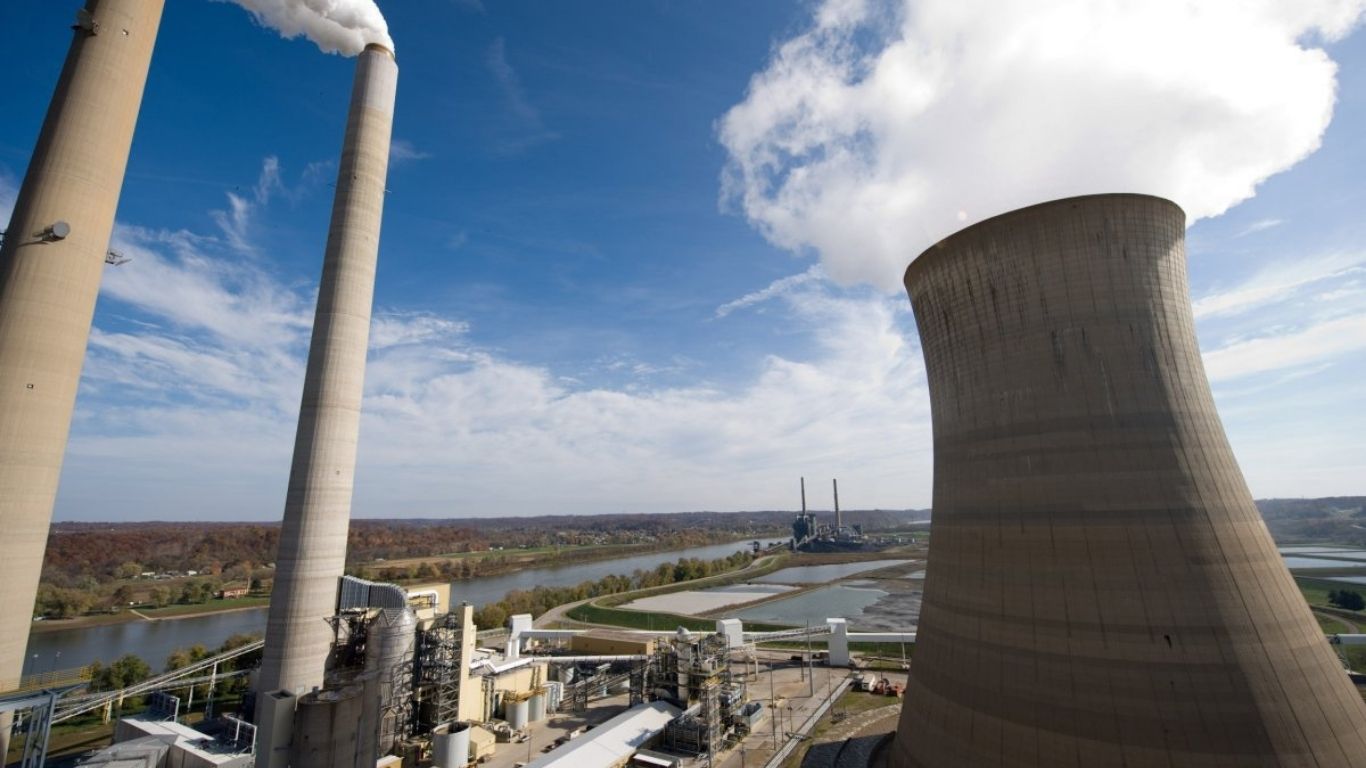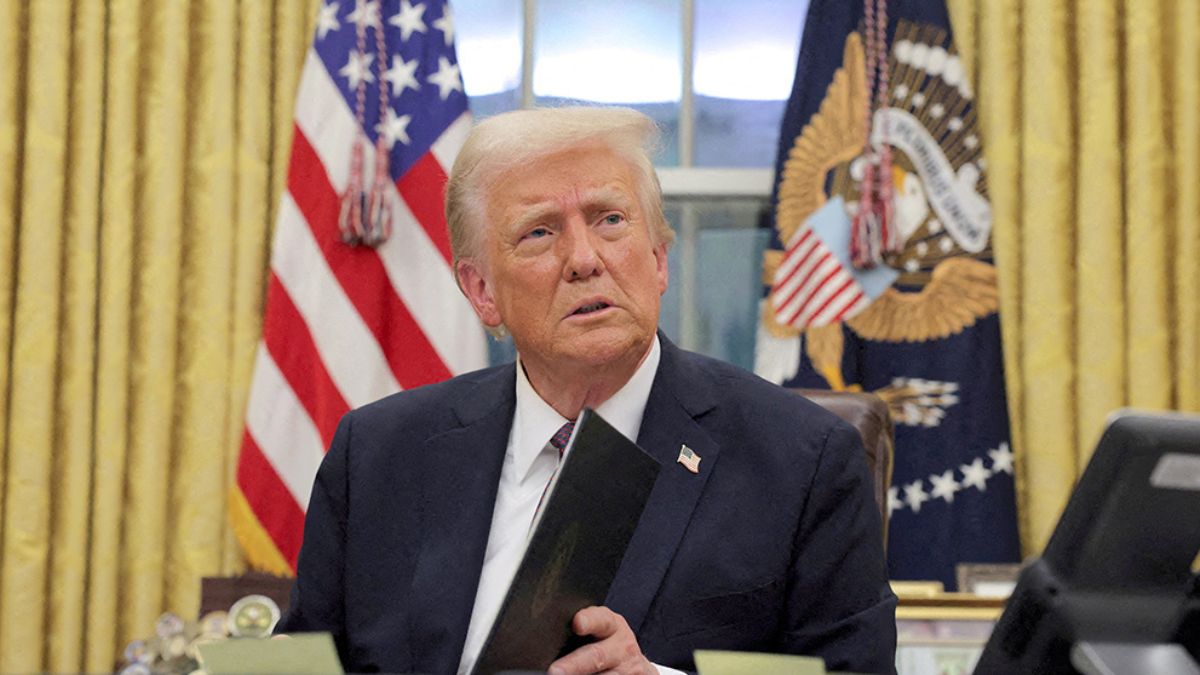In global politics, nothing is coincidental—least of all fashion choices by global leaders. From a carefully tailored suit to an ideologically draped robe, what the leaders wear is not merely fashion; it is power, ideology, and intent in a dress language. Such images in apparel form—a subtle detail or a divisive ceremonial wear—are messages of solidarity, brotherhood, protest, or even diplomatic gaffe, setting the tone in an over-visualized world where one image may determine alliances or fuel controversy.
The Western Uniform: The Dark Blue Suit and Its Dangers
Western leaders’ go-to power outfit is the dark blue. Its streamlined design and subtle color convey stability, confidence, and contemporaneity—all assets when navigating diplomatic minefields. All prime ministers, presidents, and chancellors wear it, and it is a gamble you can rely on, balancing power and accessibility. To give it up is to call attention to yourself, and the reprisals are swift and out of proportion.
Adopt the mood at Pope Francis’ funeral on April 26, 2025, in St. Peter’s Square, Vatican City. Amid a throng of people in mourning clothes, in keeping with Vatican traditions, US President Donald Trump wore a navy blue suit. The move soon earned him the label of a funeral faux pas, a breach of etiquette that took headlines. But he didn’t stand alone, although lesser and darker blues were chosen by former US President Joe Biden and by Prince William too. Their hue chosen, they caused less flutter. The reaction set off a broader debate: is a light-colored outfit an insult, or merely a measured declaration of individuality in a setting saturated with tradition? In Trump’s case, in a tradition of dramatic entrances, a move in a different direction may well have been a gesture of American exceptionalism, a deliberate non-conformity to playing by a foreign set of rules.
There are precedents aplenty. In 2014, US President Barack Obama donned a tan-colored suit to speak to the nation about the military intervention against Islamic State. The pale color—in itself unusual for as grave a subject as the one in question—caused a media storm, with pundits asking whether a president should be testing fashion in a moment of need. The “tan suit controversy” ruffled feathers to the extent that it warranted a Wikipedia entry, a measure of the symbolic potential of colour in politics. The incident demonstrated one thing: in the West, the suit is not a garment—it’s a canvas for expressing gravitas, and any deviation is open to misinterpretation.
The Merkel Rainbow and Feminist Power
Not all leaders go for safety. During her 16-year tenure as Chancellor, Angela Merkel transformed the drab uniform into a rainbow of self-expression, donning more than 90 vibrantly coloured blazers. Nicknamed “The Merkel Rainbow” and “The Full Merkel Jacket,” her look came to stand for stability in consistency—a series of clone-style outfits in magenta and teal. Each colour was carefully selected: a dramatic red for assertive EU summit appearances, a calming green for Addresses to the Nation. Merkel’s fashion combined consistency and creativity, demonstrating that power dressing didn’t need to be dull to connote dependability.
Across the ocean, United States former Secretary of State Hillary Clinton redefined the pantsuit as an emblem of feminine strength. During her bid for the presidency in 2015, her custom-made clothes—in whites, blacks, and bright primaries more often than not—went viral, inciting memes, fashion spreads, and even Halloween costumes. The pantsuit, a departure from the skirts women politicians were once coded to don, was a symbol for a broken glass ceiling, a visual repudiation of gender expectation. To a diplomatic corps, Clinton’s style expressed toughness and contemporaneity, in keeping with America’s self-image as a founder and pathbreaker—although it also invited criticism about whether symbolism took away from policy substance.
Non-Western Leaders: Tradition and Modernity
In the non-Western, leaders skillfully juggle tradition and modernity, using clothing to bridge cultural heritage and global relevance. Indian Prime Minister Narendra Modi is a prime example. Never seen in public sans his signature kurta or Nehru jacket, Modi wears a rooted identity, identifying with India’s rich heritage. But in 2015, he caused a kerfuffle meeting with Barack Obama in a pin-striped suit—the fabric weave printed with his name, “Narendra Damodardas Modi,” thousands of times over. Worth $16,000, the suit polarized on-lookers: some disapproved, calling it flashy, a gaudy ego-trip; others loved its forthrightness. Sold at an online auction for over $600,000, the proceeds donated to the cleanup of the Ganges River—a diplomatic coup in and of itself translating fashion faux pas into social action.
Other leaders don the garb of tradition as a badge of unity. Fidel Castro’s fatigues in the Cuban Revolution conveyed a message of solidarity with the Cuban people and rejection of Western ideology. Years later, Ukrainian president Volodymyr Zelenskyy followed suit. Since the Russian invasion, he’s donned cargo pants and a Ukrainian trident-black fleece, a far cry from peacetime attire. At a White House meeting on 28 February 2025, US president Donald Trump remarked, during a photo op, “You’re all dressed up today,” and a reporter pounced: “Why don’t you wear a suit? A lot of Americans have issues with you not having a high regard for the dignity of this office.” Zelenskyy shot back: “I will wear a ‘costume’ when this war will end. Yes. Maybe something in the style of yours… maybe even better… maybe even cheaper.” The Ukrainian word “kostyum,” a reference to both the word for suit and costume, struck home, laying bare cultural differences. Social media erupted, decrying hypocrisy: Elon Musk, DOGE’s boss at the time, showed up regularly in the Oval Office in a “tech support” tee and baseball cap without anyone condemning him. The incident, spoofed on Saturday Night Live, demonstrated how an article of clothing has the power to spark diplomacy or betray inherent bias.
The Power of Absence and Excess
Occasionally, not wearing something sends the strongest message. At times of war, leaders from Winston Churchill to Dwight Eisenhower wore khaki to mirror the determination of their soldiers. Zelenskyy is no exception, a bare-faced recognition of Ukraine’s struggle. Or, alternatively, there is too much scope for things to go wrong. French President Emmanuel Macron flashed a reported $86,000 watch during a 2023 television interview in which he called for citizens to work longer for pension reform. The footage was a catastrophe—austerity colliding with extravagance—for it demonstrated how one accessory can destroy a leader’s reputation.
At the other extreme, former Uruguayan leader José Mujica exemplified humility. During his presidency from 2010 to 2015, he wore plain blazers and shirts, flew coach, and donated 90% of his income to social activities. Tooling around in a rusty VW Beetle, Mujica’s frugality reinforced his populist politics, earning him international acclaim and setting a humble tone for governance in Uruguay. For politicians, is his simplicity a weakness or an unassuming strength that crosses borders?
Image Architect: Putin and Trump
Few work on their image as diligently as Russian leader Vladimir Putin. His is a hybrid style: luxury tailoring versus rough-and-tumble theatrics—Italian Loro Piana $6,000 suits for summit photo shoots, bare chested horse riding for off hours, and fur-trimmed finery for cold-weather photo shoots. Such “image architecture” is not in itself overtly nationalist—his wear of Italian rather than Russian designs has been criticized—but it works, conveying both a cultivated and primitive leader, czar in modern finery. Within diplomatic circles, Putin’s fashion solidifies Russia’s aggressive posture, a sartorial challenge to Western supremacy.
US president Donald Trump, by contrast, keeps safe, if oddly, on the catwalk of international politics. His sartorial signature-navy three-piece suit epauletted shoulder pads, penchant for oversized red cravats, and Make America Great Again caps—are topped by a Caribbean tan that is both admired and mocked. The Guardian wrote a whole piece about his unconventional hardware, while The Independent reported on his outrage at AI-generated images Photoshopping a “dad bod” gut into golf course pics. These flourishes, whether deliberate or not, contribute to his image as a disrupter, a leader unshackled by convention. In diplomacy, though, they are in danger of undermining gravitas—is a maxi-long tie a trade negotiation breaker?
The Stakes of Style in an Age of Images
In a highly visualized geopolitical landscape, in which a tweet can topple a treaty, fashion successes and failures are loaded with significance. A leader’s outfit is a thoughtful message, an index of national character, individual values, or geopolitical agenda. Modi’s kurta roots him in Indian heritage; Zelenskyy’s fleece is the embodiment of resistance; Mujica’s sobriety is a pledge of equality. The failures too—Macron’s watch, Trump’s blue blazer—are a discussion starter, revealing culture-war fault lines or potential power plays.
These are issues for diplomats and commentators as well. A suit is never merely a suit, a jacket, not just fabric. In the subtle game of international politics, a leader’s clothes weaves image and substance into an unbreakable thread – proof that power dressing is diplomacy by a different nam.


